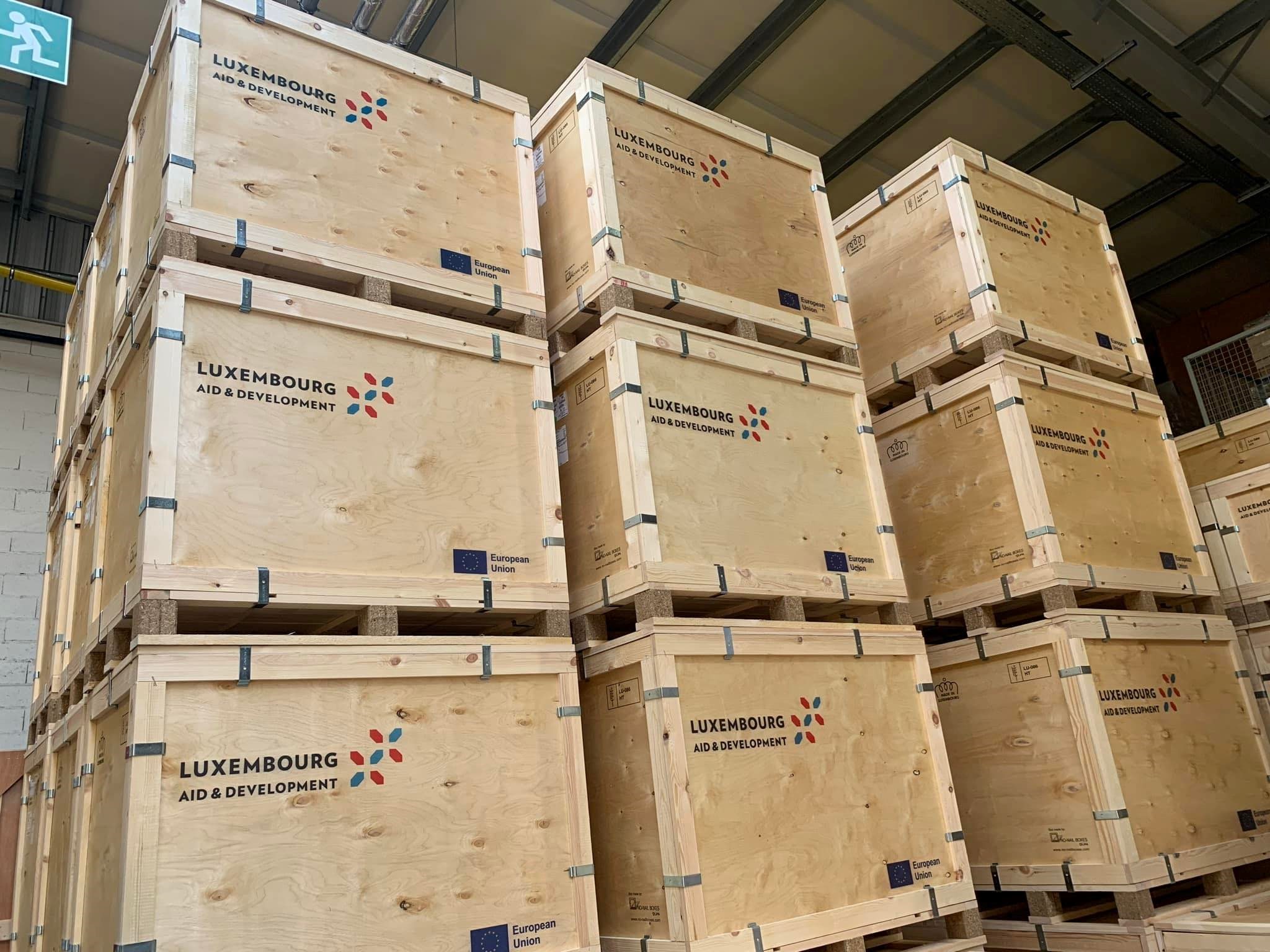On 28 March 2025 at 12:50 local time (06:20 UTC), an earthquake of magnitude 7.7, and a depth of 10 km, occurred 17 km from Mandalay, the second largest city in Myanmar. On 13 April, a strong aftershock with a magnitude of 5.5 was recorded, striking Mandalay Region at around 15:30 UTC. Aftershocks continue to shake central Myanmar almost daily.
Approximately 24.4 million people are estimated to have been exposed to severe shaking intensity. According to estimates from the Myanmar Red Cross Society (MRCS) on 18 April, the casualty toll stands at around 3900 fatalities, 5742 injured and 441 missing. Close to 200 000 people were displaced following the earthquake, adding to the 3.5 million who were already internally displaced due to the ongoing conflict in Myanmar. Several groups fighting in Myanmar declared ceasefires to facilitate humanitarian aid. Despite these declarations, reports indicated that clashes continued in certain regions, complicating aid delivery to affected communities.
Myanmar continues to experience rainfall and high temperatures. These elements favors the oubreak of diseases such as malaria and dengue fever. There are also reports of water-borne disease outbreaks due to the WASH infrastructure being heavily disrupted.
On 30 March, UN OCHA Myanmar activated the UCPM, requesting the deployment of Urban Search and Rescue teams, Emergency Medical Teams, as well as in-kind assistance for health, shelter, food and water, sanitation, hygiene supplies and services.
On 31 March, Luxembourg offered 270 tents, 294 family kitchen sets and 1360 thermal blankets. These were accepted by the International Organization for Migration (IOM) and delivered in Yangon on 18-19 April.
On 4 April, the World Health Organisation(WHO) activated the UCPM, requesting portable X-ray and ECG machines, portable toilets and high-performance tents.
On 5 April, Luxembourg offered 50 portable latrines to help the WASH infrastructures. These were accepted by WHO.

